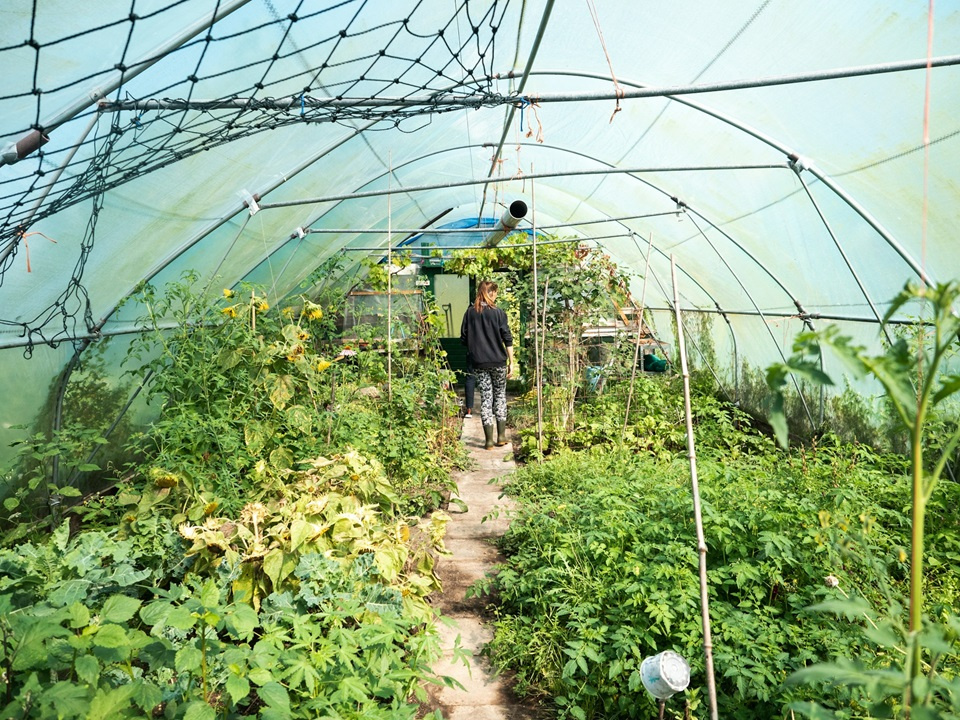
Gardening is not just a hobby; it’s a way to cultivate fresh ingredients right in your backyard. If you’re looking to enhance your culinary skills while enjoying the benefits of homegrown produce, this guide on how to grow a garden cooking recipes is for you. From selecting the right plants to creating delicious dishes, we’ll cover everything you need to know to make the most of your garden.
Why Grow Your Own Garden?
- Freshness: Homegrown vegetables and herbs are fresher than store-bought options.
- Flavor: Homegrown produce often has superior taste.
- Health: You control what goes into your garden, allowing for organic practices.
- Cost-Effective: Growing your own food can save you money in the long run.
- Satisfaction: There’s a unique joy in nurturing plants and harvesting your own food.
Getting Started: Planning Your Garden
Choosing the Right Location
- Sunlight: Most vegetables need at least 6-8 hours of sunlight daily.
- Soil Quality: Test your soil for pH and nutrient levels. Amend as necessary.
- Accessibility: Ensure your garden is easily accessible for maintenance and harvesting.
Selecting Your Plants
When deciding what to grow, consider the following:
- Climate: Choose plants that thrive in your local climate.
- Space: Consider how much space you have available.
- Personal Preference: Grow what you love to eat!
Recommended Plants for Beginners
- Tomatoes
- Basil
- Lettuce
- Zucchini
Growing Your Garden
Preparing the Soil
- Clear the Area: Remove weeds, rocks, and debris.
- Till the Soil: Loosen the soil to improve aeration and drainage.
- Add Organic Matter: Incorporate compost or well-rotted manure to enrich the soil.
Planting Your Seeds or Seedlings
Follow instructions for each plant regarding planting depth and spacing. Water the plants immediately after planting to help them settle.
Maintenance Tips
- Watering: Ensure consistent moisture, especially during dry spells.
- Weeding: Regularly remove weeds to reduce competition for nutrients.
- Fertilizing: Use organic fertilizers to promote healthy growth.
Harvesting Your Produce
Knowing when to harvest is crucial for the best flavor and texture. Here are some tips:
- Tomatoes: Harvest when they are fully colored and slightly soft.
- Basil: Pick leaves regularly to encourage bushier growth.
- Lettuce: Harvest outer leaves first to allow the inner leaves to continue growing.
Cooking with Your Homegrown Ingredients
Now that you’ve grown your garden, it’s time to enjoy the fruits of your labor! Here are some delicious cooking recipes that highlight your fresh produce.
Recipe 1: Caprese Salad
Ingredients:
- Fresh tomatoes
- Basil leaves
- Mozzarella cheese
- Olive oil
- Balsamic vinegar
- Salt and pepper
Instructions:
- Slice the tomatoes and mozzarella cheese.
- Layer the tomato slices, mozzarella, and basil leaves on a plate.
- Drizzle with olive oil and balsamic vinegar.
- Season with salt and pepper to taste.
Recipe 2: Zucchini Noodles
Ingredients:
- Fresh zucchini
- Olive oil
- Garlic
- Cherry tomatoes
- Parmesan cheese
Instructions:
- Spiralize the zucchini to create noodles.
- Heat olive oil in a pan and sauté minced garlic until fragrant.
- Add cherry tomatoes and cook until soft.
- Toss in the zucchini noodles and cook for 2-3 minutes.
- Serve with grated Parmesan cheese.
Recipe 3: Garden Fresh Lettuce Wraps
Ingredients:
- Fresh lettuce leaves
- Cooked chicken or tofu
- Diced vegetables (carrots, bell peppers, cucumbers)
- Peanut sauce or soy sauce
Instructions:
- Lay a lettuce leaf flat.
- Add a portion of chicken or tofu and diced vegetables.
- Drizzle with sauce and wrap it up.
- Enjoy as a healthy snack or meal.
Frequently Asked Questions
How long does it take to grow a garden?
The time it takes to grow a garden varies by plant type. For example, lettuce can be ready to harvest in about 30 days, while tomatoes may take 60-90 days.
What if I have limited space?
Consider container gardening or vertical gardening. Many vegetables can thrive in pots, allowing you to maximize your space.
How can I preserve my harvest?
You can preserve your harvest by canning, freezing, or drying your produce. This allows you to enjoy your garden’s bounty year-round.
Conclusion
Growing a garden not only provides you with fresh ingredients but also enhances your cooking experience. By following the steps outlined in this guide, you can successfully grow your own produce and create delicious recipes that highlight your hard work. So, roll up your sleeves, get your hands dirty, and start your gardening journey today! Don’t forget to share your experiences and favorite recipes in the comments below!









